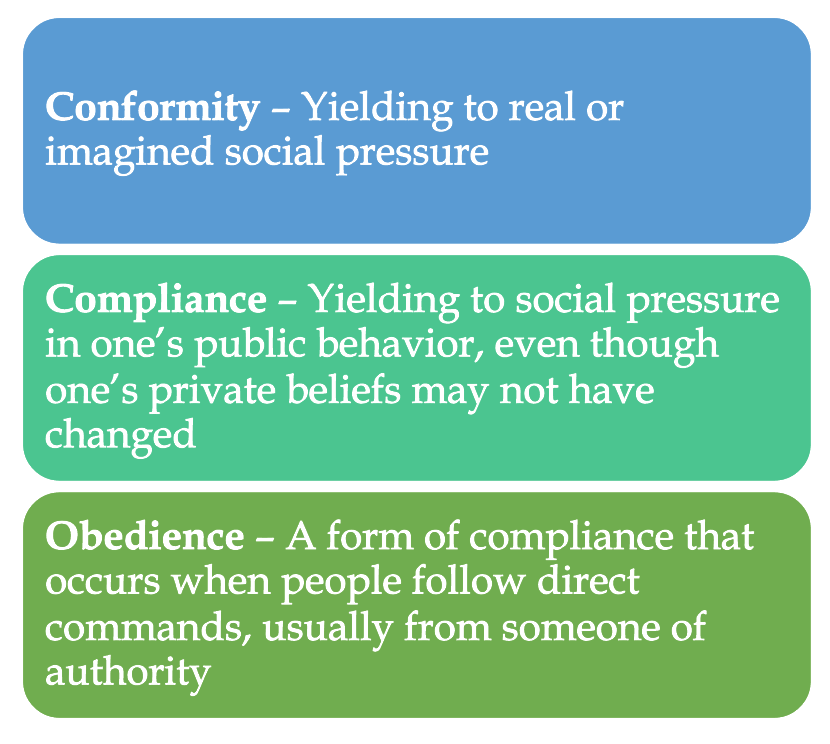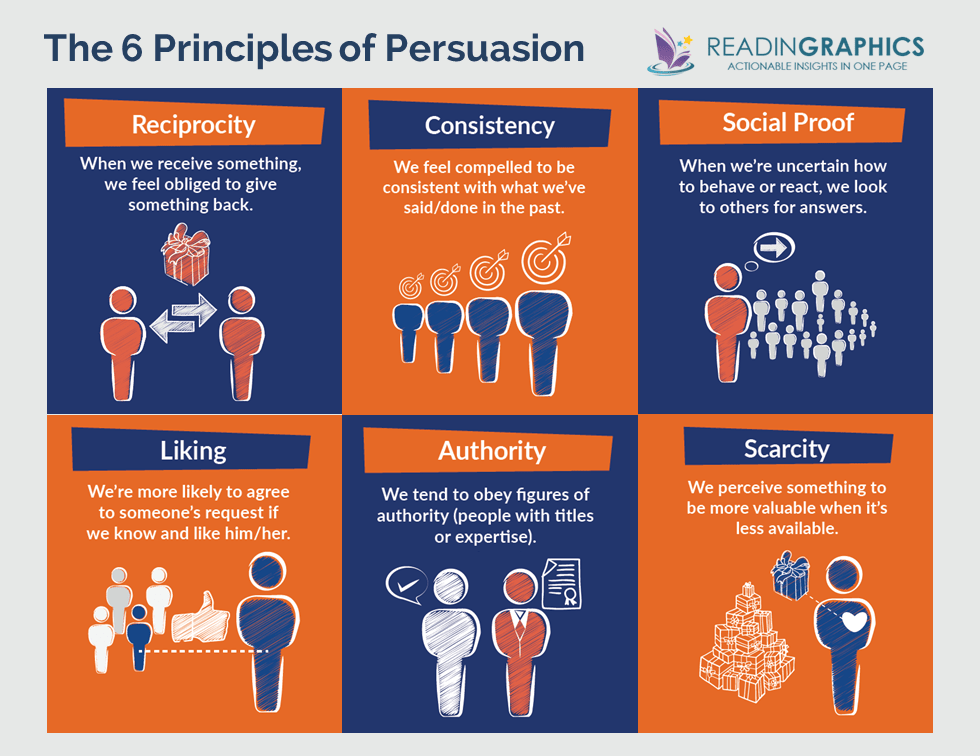 There are many ways to manage your emotions and researchers out of Nagoya Univeristy have discovered a simple, but effective, strategy to help with anger management.
There are many ways to manage your emotions and researchers out of Nagoya Univeristy have discovered a simple, but effective, strategy to help with anger management.
Writing down your thoughts on the cause of your anger and then throwing that piece of paper away can be an effective way to neutralize your negative feelings.
The study entitled “After being insulted, writing down your feelings on paper then getting rid of it reduces anger” was published in Scientific Reports on Nature.
This important research builds on similar research on the association between the written word and anger reduction as well as studies showing how interactions with physical objects can control a person’s mood.
For example, after a bad breakup you may feel the desire to burn letters or destroy gifts from your ex.
Anger Study Methodology
 For their anger project, lead researcher Nobuyuki Kawai and his graduate student Yuta Kanaya asked 50 participants to write brief opinions about important social problems, such as whether smoking in public should be outlawed.
For their anger project, lead researcher Nobuyuki Kawai and his graduate student Yuta Kanaya asked 50 participants to write brief opinions about important social problems, such as whether smoking in public should be outlawed.
Evaluators then deliberately scored the papers low on intelligence, interest, friendliness, logic, and rationality.
For good measure, evaluators added insulting comments such as: “I cannot believe an educated person would think like this. I hope this person learns something while at the university.”
After handing out these negative comments, the researchers asked the participants to write their thoughts on the feedback, focusing on what triggered their emotions.
One group was told to either roll up the paper with their thoughts and throw it in a bin or keep it in a file on their desk. A second group was told to shred the paper, or put it in a plastic box.
The students were then asked to rate their anger after the insult and after either disposing of or keeping the paper.
Anger Study Results
As expected, all participants reported a higher level of anger after receiving insulting comments.
However, the anger levels of the individuals who discarded their paper in the trash can or shredded it returned to their initial state after disposing of the paper.
Meanwhile, the participants who held on to a hard copy of the insult experienced only a small decrease in their overall anger.
Researchers concluded that “the meaning (interpretation) of disposal plays a critical role” in reducing anger.
The Japanese Tradition Hakidashira
 This process is like a Japanese tradition called hakidashisara, in which people write their negative thoughts on a plate then destroy it.
This process is like a Japanese tradition called hakidashisara, in which people write their negative thoughts on a plate then destroy it.
Along with its practical benefits, this discovery may shed light on the origins of the Japanese cultural tradition known as hakidashisara (hakidashi sara refers to a dish or plate) at the Hiyoshi shrine in Kiyosu, just outside Nagoya.
Hakidashisara is an annual festival where people smash small discs representing things that make them angry.
The study’s findings may explain the feeling of relief that participants report after leaving the festival, the paper concluded.
Kawai imagines using his research to help businesspeople who find themselves in stressful situations.
“This technique could be applied in the moment by writing down the source of anger as if taking a memo and then throwing it away when one feels angry in a business situation,” he explained.
For another helpful guide to anger, read this past blog post from Humintell.
The post Feeling angry? Write down your thoughts then throw them away first appeared on Humintell.


 So what does the science say about intercultural adjustment and communication?
So what does the science say about intercultural adjustment and communication?

 A researcher named Solomon Ash conducted a very well-known set of experiments that are some of the first and classic studies on conformity and compliance.
A researcher named Solomon Ash conducted a very well-known set of experiments that are some of the first and classic studies on conformity and compliance. Like the Ash experiments, any people have heard about the Milgram experiments led by Yale psychologist Stanley Milgram.
Like the Ash experiments, any people have heard about the Milgram experiments led by Yale psychologist Stanley Milgram. Cooperation refers to people’s ability to work together towards common goals. Cooperation is necessary in every society and based on unique cognitive abilities, especially a concept called shared intentionality.
Cooperation refers to people’s ability to work together towards common goals. Cooperation is necessary in every society and based on unique cognitive abilities, especially a concept called shared intentionality. When people are in a group and they have a task to do, sometimes individual productivity and motivation is reduced. This concept is called social loafing.
When people are in a group and they have a task to do, sometimes individual productivity and motivation is reduced. This concept is called social loafing. Without a doubt, the most influential psychologist in the area of persuasion and influence is Robert Cialdini.
Without a doubt, the most influential psychologist in the area of persuasion and influence is Robert Cialdini.